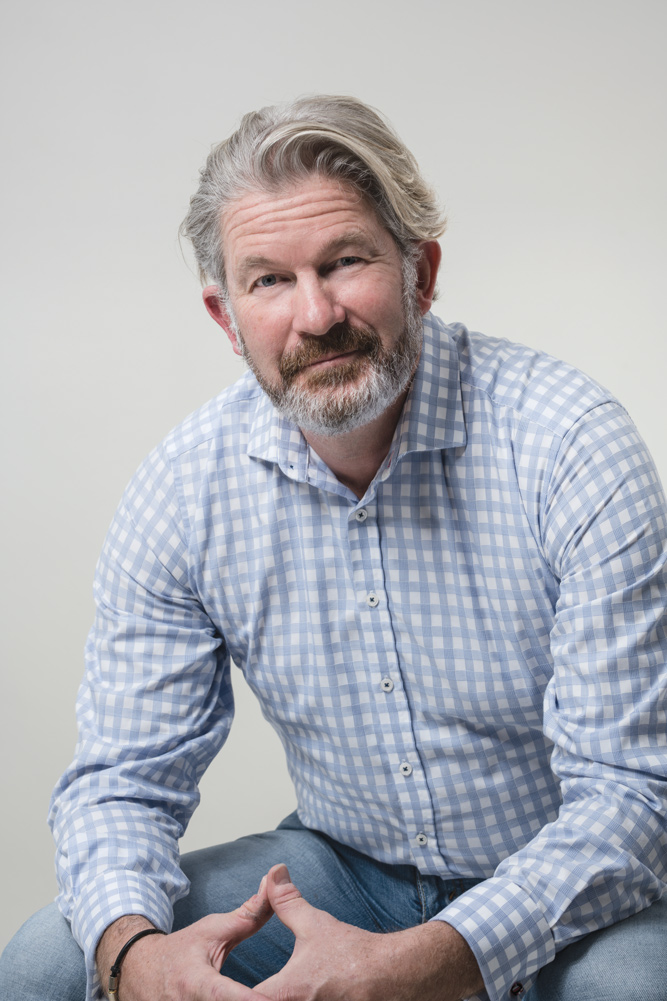 Rehabilitation services have been neglected during the pandemic and must return in force to create equity for patients, argues Dr Bruce Powell.
Rehabilitation services have been neglected during the pandemic and must return in force to create equity for patients, argues Dr Bruce Powell.
Through the long months of COVID isolation, health services in Western Australia have witnessed cracks widening in our ambulance services, aged care facilities and theatre waiting times.

But hidden beneath these familiar fault lines lies another group that has been profoundly affected by the pandemic.
Australian Rehabilitation Outcomes Centre (AROC) data indicates that 60% of the 143 inpatient rehabilitation services across Australia and New Zealand that responded to the survey have been affected by COVID.
And 40% of impacted rehabilitation services have been closed or repurposed, and insufficient specialist FTEs have led an inability to meet patients’ complex care needs.
Tellingly, there is also a trend to allocate staff to non-specialist areas such as COVID clinics and emergency departments.
Consequently, rehabilitation units are unable to provide enriched environments, with the loss of gym and kitchen facilities for breakfast groups and meal preparation assessments. Group therapies and patient socialisation have also been impacted by isolation requirements.
Simple factors such as visitor limitation has reduced access to family support and impacted on mental wellbeing.
The brain injury community, along with many other acquired injury groups, require rehabilitation to return to a new and meaningful life. Without intense inpatient and community support, thousands of patients will be more reliant on costly government services. Their carers face a new career in home nursing, rather than returning as taxpayers to their preferred professions.
Is rehab too expensive?
Peer-reviewed data from the UK and the US demonstrates that intensive rehabilitation saves rather than costs money. Moreover, the most money spent on the most seriously injured yields the largest benefits.
AROC’s data reveals rehabilitation’s ability to increase partnerships between public hospitals and an impressive agility of rehabilitation staff to move between in- and outpatient services.
Yet through COVID we have seen the political and health bias for acute services over rehabilitation resources. If we are not careful, those who would profit most from rehabilitation will become “acceptable collateral damage” as our health services strive to recover.
Rehabilitation is not just a medical term. It is a familiar and generous everyday word that reflects our community’s belief in a “fair go”.
Long-COVID may leave millions needing assistance and support to realise their potential. That is in addition to the 500,000 who already rely upon the NDIS. Yet politicians have it in their sights as an unsustainable and ill-judged ideological giveaway.
Not a charity
The NDIS is not a charity, nor a handout. It is a pragmatic, community-spirited scheme designed to allow people to live their most productive life. Of course, the NDIS isn’t perfect. Politicians and financiers rue the scope for rorting and escalating costs, while patients and their carers lament the yawning gap between acute hospital care and the funding of resources for a successful discharge. Patients witness our carers carry us, while simultaneously bearing their own trauma and grief.
Now that the election storm has passed, there is an opportunity to change the language around the funding of rehabilitation and chronic care.
What now?
The NDIS should be regarded as a vote-winner, not a millstone to hang around the neck of our latest Prime Minister. The next Minister for the NDIS must celebrate its fiscal rewards, not suggest its funding is insatiable and unsustainable.
Politicians should be queueing up to claim ownership of our rehabilitation sector, shoulder to shoulder with advocates and clinicians to share the good news. The next minister must reinstate hospital rehabilitation resources to their pre-COVID levels. They should increase funding further in the future, in partnership with the WA Government.
Look at the funding from a pragmatic viewpoint, just like we do with organ transplantation. The process saves lives, creates optimism and saves money.
Similarly, intensive investment in an individual’s rehabilitation is regenerative and potentially longer lasting. Both are profound expressions of our humanity and community commitment to each other.
Increasing rehabilitation services and the simpler, faster funding of chronic health care are crucial parts of any community’s commitment to itself. Without these services, our hospital beds will remain gridlocked, and our ambulances ramped at the entrance.
Rehabilitation is not a dumping ground, but the light that reveals the path to a new life. With the advent of a new government, perhaps we might create a new generous culture of community-based rehabilitation and rebirth.
ED: Dr Powell retired as an anaesthetist after being seriously injured in a cycling accident in 2018.

